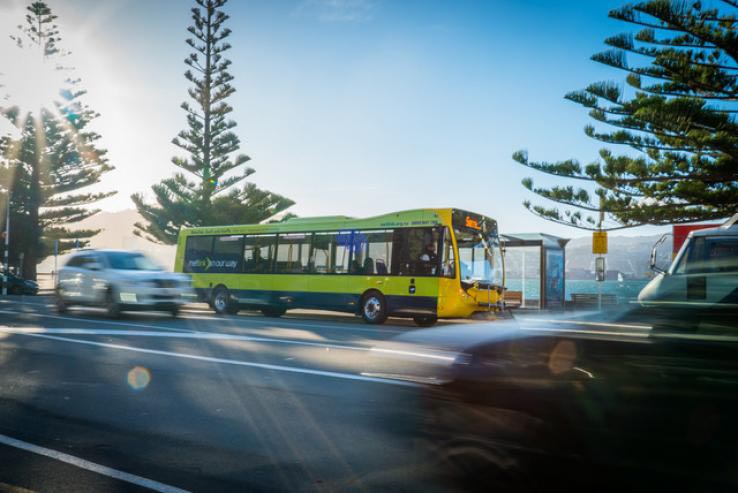The Greater Wellington Regional Council (GWRC) is responsible for the planning, marketing, management and procurement of public transport services in the Greater Wellington region.
Legislative changes in New Zealand in 2014 created a new framework for the procurement and governance of public transport services – the Public Transport Operating Model (PTOM). PTOM aimed to build long-term commercial partnerships between regional authorities and public transport operators, to improve services and grow patronage.
The PTOM framework provided an opportunity for the GWRC to tender bus service operating contracts across the region for the first time in decades. Coupled with the need to replace Wellington’s ageing bus fleet and a bus service that was at capacity in Wellington city, the implementation of PTOM provided an opportunity to take a fresh look at how bus services are delivered across the region.
Five principles underpin the provision of public transport by GWRC on which the procurement process was based:
- GWRC and public transport operators should work in partnership to deliver the public transport services and infrastructure necessary to meet the needs of passengers.
- The provision of services should be coordinated with the aim of achieving the levels of integration, reliability, frequency and coverage necessary to encourage passenger growth.
- Competitors should have access to regional public transport markets to increase confidence that services are priced efficiently.
- Incentives should exist to reduce reliance on public subsidies to cover the cost of providing services.
- The planning and procurement of services should be transparent.
Under PTOM, services are grouped into ‘units’ of routes, each an exclusive contract with an operator. The Wellington region comprises 16 bus units. Seven of these units were directly appointed by negotiation to incumbent operators, with nine units tendered.The procurement of the sixteen bus operating contracts, valued at circa $80 million pa was led by Andrew Cooper.
The tender process included many features to reduce barriers to entry and is regarded as a benchmark for industry engagement which resulted in an attractive and competitive tender opportunity.
Twelve local and international bus companies participated in the pre-tender engagement process providing valuable input to the tender and contract design. Industry input to the process resulted in a strong performance-based contract, with appropriate allocation of risks between the transit agency and operators.
Nine of the original twelve bus companies submitted a total of 86 tenders covering a variety of individual and bundled tendered bids.
The final tender outcome awarded the nine tendered contracts to two new entrants, with the tender result yielding strong savings against expectations which were set by a ‘shadow bid’.
This case study was presented to the Thredbo international transport conference held in Singapore in 2019. Read more here.
Evaluating low emission bus fleets
The successful pricing of harmful emissions contributed to a tender outcome that has delivered 100% new buses to the tendered contracts, 95% of which will be Euro VI (the latest in diesel emission reduction technology). The outcome saw an initial ten battery electric buses enter service in 2018, followed by the planned phased introduction of a further twenty-two electric buses over the following three years of the contracts. Read more about the pricing of emissions in a practice paper presented to the Australasian Transport Forum here.

